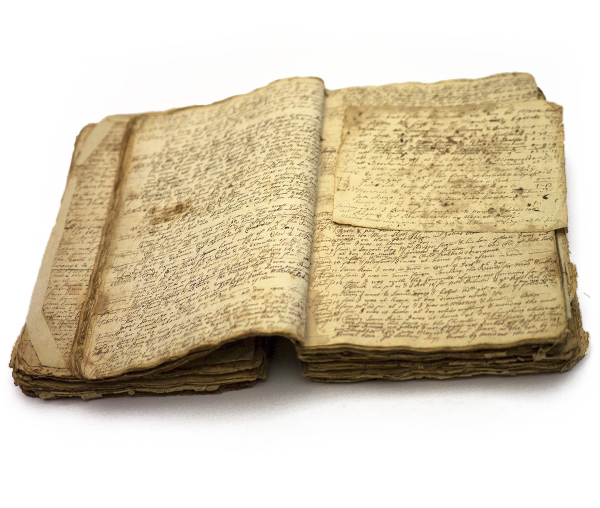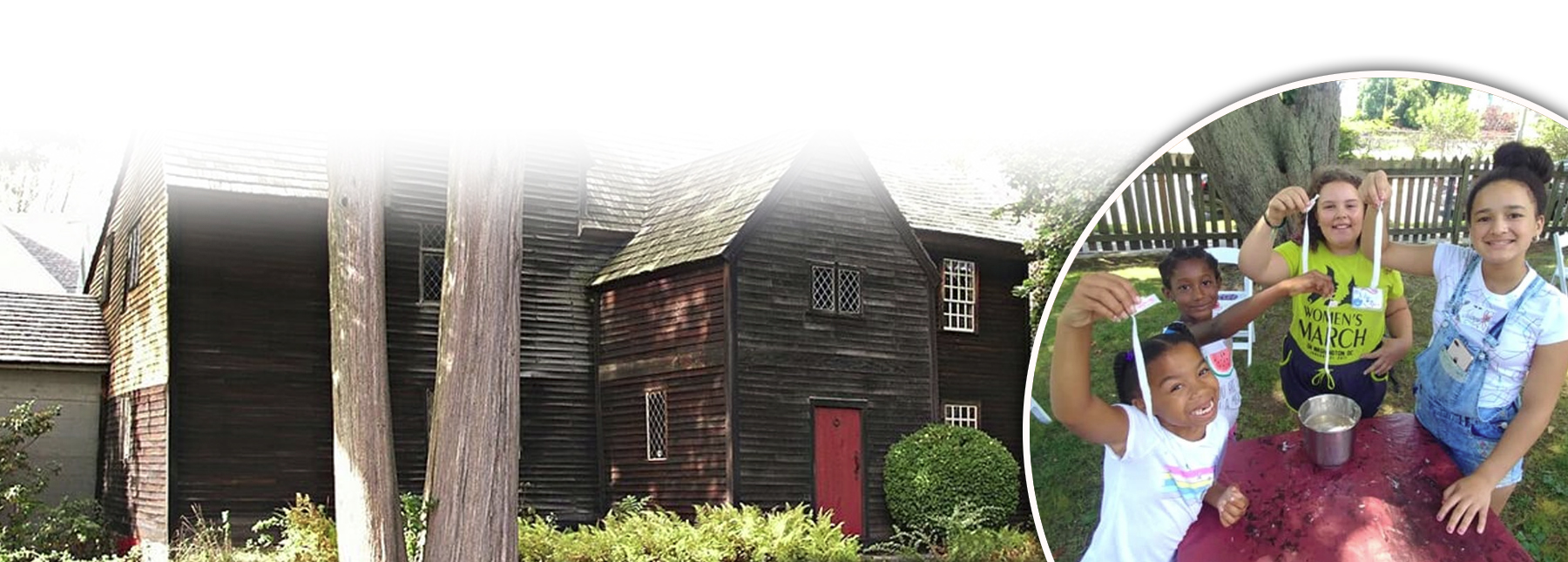Admission
$12/Adult
$10/Senior, Student, or Teacher
$5/Child 6-18
Free for Connecticut Landmarks Members & Children under 6
House Tour
Visit the Joshua and Nathaniel Hempsted Houses for a view into urban colonial era life in New London. Meet diarist Joshua Hempsted and his family, and Adam Jackson, who Joshua Hempsted enslaved on the property.

LEARN MORE
The 1678 Joshua Hempsted House in New London is one of New England’s oldest and best documented dwellings. Home to the Hempsted family until 1937, the wood-frame house was extensively restored by Connecticut Landmarks. Adjacent to the Joshua Hempsted House is the stone house built in 1759 for Nathaniel Hempsted by Acadian exiles. Both structures survived the 1781 burning of New London by Benedict Arnold and stand today as testaments to 17th– and 18th-century daily life.
Born in the house that bears his name in 1678, Joshua Hempsted (the second) kept a diary from 1711 until his death in 1758. Today, the diary is one of the best sources of information about the people of colonial New London and their activities. On Thursday, September 21, 1727, Joshua Hempsted went to settle the estate of Samuel Fox, a neighbor. He wrote that he purchased Adam Jackson, a farmer who had been born into slavery, for £85. Adam would live and work at the property for more than three decades.
As a site of northern slavery, the Hempsted Houses work to engage the public in understanding the historical roots and current-day implications of issues related to equality and freedom and empower people to make a difference today.
Want to help share the stories of New London’s history? Learn more about the Thames River Heritage Park Docent Academy.
LEARN MORE
Captain Nathan Hale, captured and hanged as a spy at age 21 by the British in September of 1776, is famous for his alleged last words: “I only regret that I have but one life to lose for my country.” Nathan grew up on the farm that his prosperous father, Richard Hale, purchased in 1740 for his large family. Ardent patriots, six of the eight Hale brothers served in the Continental army during the American Revolution.
The Georgian-style home has remained virtually intact since its 1776 completion. It is furnished with Hale family possessions and other period antiques that were collected by George Dudley Seymour, who purchased and restored the Homestead in 1914. The 17-acre Homestead adjoins the 1500-acre Nathan Hale State Forest where the remote nature of the property makes modern conveniences seem far away.
Connecticut Landmarks engages visitors in understanding the historical and emotional commitments of individuals and families who have patriotically served their country through sacrifice, starting from the story of schoolteacher-turned-spy Nathan Hale.

